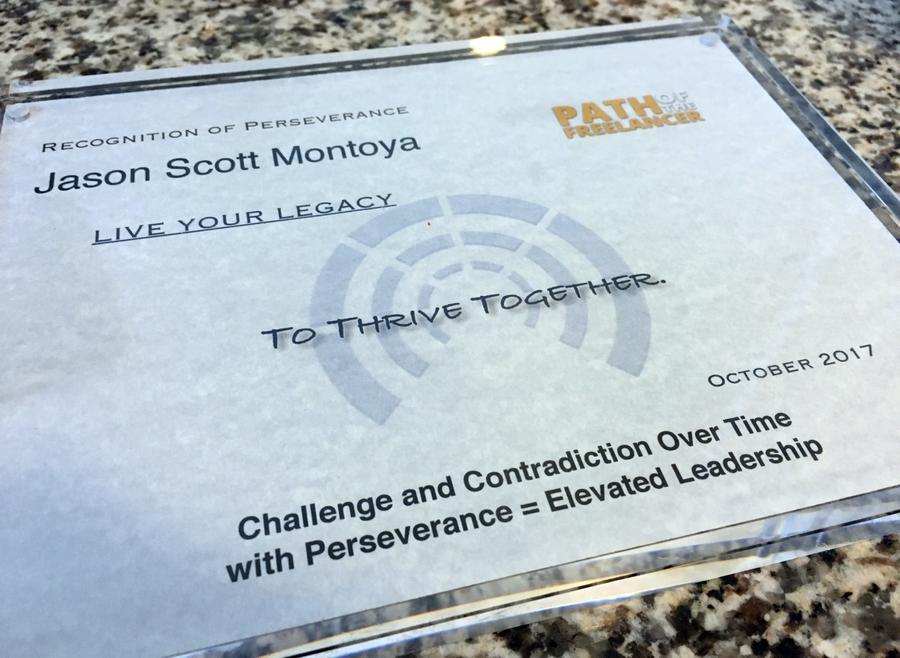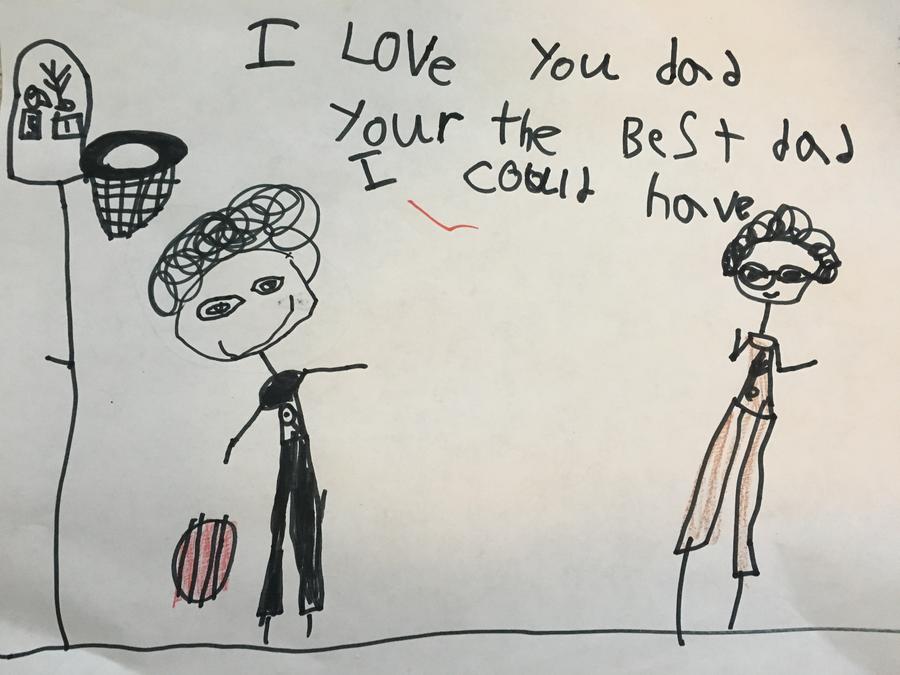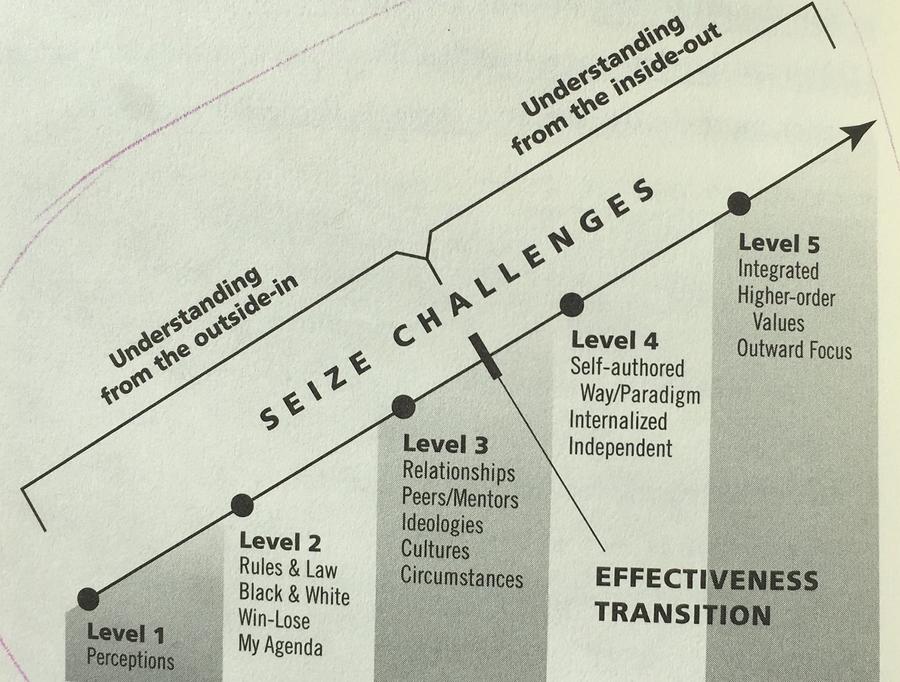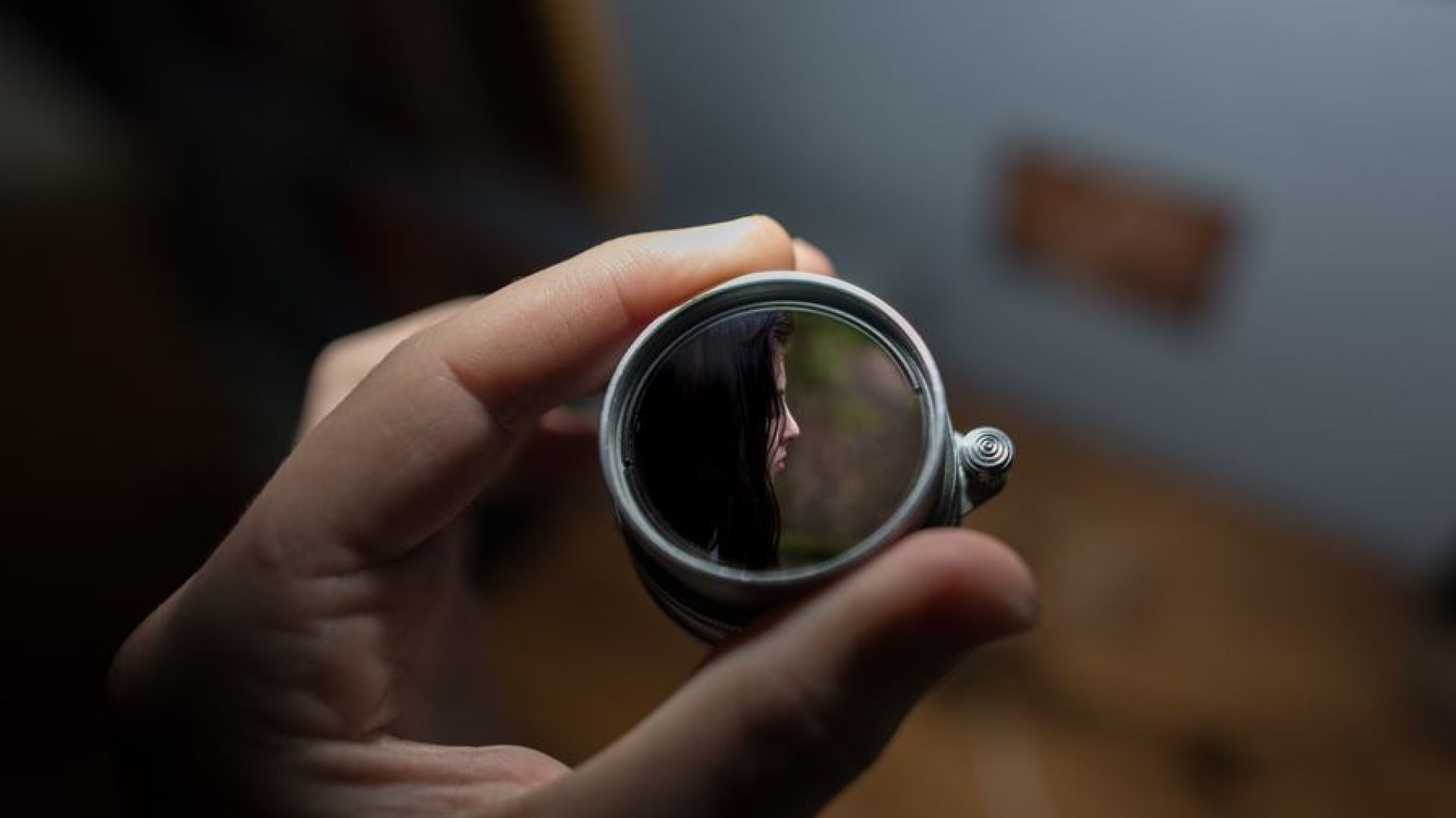
Written by Jason Montoya on . Posted in My Leaders Lyceum Experience.
Establishing A Lifelong Cadence Of Personal Development
This post is part 10 of My Leaders Lyceum Experience blog series. I'm writing in exchange for the opportunity to go through the multi-corporate program.
While leadership talks, conferences, and programs are wonderful in moving us further along the maturity spectrum, the true game changer for achieving the highest level of growth comes from building a lifestyle oriented around embracing challenge and contradiction. The last session in the Leaders Lyceum program was geared towards helping us to create this life-long learning lifestyle.
How oriented is your life to personal growth?

A Look Back At The Journey
I've shared with you my journey along this multi-corporate program since it began in April. Here's the list of the articles I've written along the way.
- How My Company Getting Fired Got Me Into This Leadership Effectiveness Growth Program
- In Six Years, You’ll Be More Mature — What If You Could Be That Person Today?
- We Need To Take Initiative Because Personal Development Doesn't Just Happen
- What Is Personality Testing & How Does It Affect Our Behavior?
- Have You Taken A Personality Test To Help You Better Understand Yourself?
- The World Ain't All Sunshine & Rainbows ft. Rocky Balboa
- When We've Got The Details Right, But We've Missed The Big Picture
- What's It Like On The Other Side Of You?
- When You Look Back At The Life You've Lived, What Do You See?
As I reflect while writing this, I realize the titles of these blog posts tell many important elements in the story of my life. While I've gone through a great deal in a short period of time, I'm grateful to have lived the life I was given. I wouldn't be the person I am now without the challenge and tribulations I faced during the journey. I couldn't have overcome if there was not a hill to traverse over. And, it wouldn't have happened without the example of Christ, the grace of God and the love of people around me.
Taking Control Of Our Time
To start the fifth and final session in this leadership program, we explored how we can effectively take control of our time to succeed. We started by mapping out our activities from the day before the event. We then explored Eisenhower's Urgent/Important Matrix. My favorite version is shared within the Star Wars narrative, How to manage your time like a Jedi master.
At the beginning of the day, we plugged in our timed activities into one of the four categories. High importance / low urgency, high urgency / high importance, low importance / high urgency, and low importance / low urgency. We then compared how we fared against the recommended dose of these four quadrants.
As a freelancer, and one who is not intending to build a marketing company, I've had to embrace the hard reality of effective prioritization. I've become great at tracking my time and allocating it towards the appropriate sections of the quadrant. In fact, I'm so good at it, this skill-set has become a big part of how I help my clients succeed. I work with them to figure out where their project or action belongs, and I hold them accountable to make sure it actually plays out that way. Let's just say, I was well prepared for this part of the day.
At the end of this time management section, we reviewed a list of twenty rules to help us stay focused and become more productive. Here are three that stood out to me.
- Set Deadlines
- Divide Large Projects Into Bite-Sized Pieces
- Do Something Productive While Waiting (20% of most people's time)
I relate to all three of these items and when it comes to getting stuff done, they're three tools I use to effectively manage myself and others.
A Recap Of Leader Levels 2-5
As the day progressed, we migrated from exploring time management to reviewing the five leader levels. Here's a quick recap of each stage, what they need, and how we can help them move forward.
- Leader Level 2: Teenagers and some adults who are in this state are self-interest oriented, use people to accomplish their goals and prefer winning no matter the cost. They have a way of over-simplifying the complex. The key for these people is to understand how their own agenda limits their success. The best way to lead people in this category is with direct communication, clear rewards, and precise consequences.
- Leader Level 3: Young and middle-aged adults in this stage are extremely sensitive to others' perceptions, are defined by roles and relationships and are unlikely to take responsibility for mistakes. Circumstances determine their well-being. The key for people in this level is to break down and appreciate what they take for granted. The best way for us to lead people here is by mentoring them towards a new self-authored way.
- Leader Level 4: Level four leaders are self-defining, concerned about goals and standards, proactive and have a self-authored paradigm. The key for level four people is to recognize the limitation of their own understanding. The best way to help people in this stage is to facilitate the exploration of alternative paradigms.
- Leader Level 5: The final stage of the maturity process is level five. These leaders have an openness, wisdom, and ability to integrate the input of multiple perspectives. They are values-oriented and lead from these anchor points. They're self-aware, authentic, and see the principles in the big picture. It's not just us, it's all of us.
To accelerate our growth, it's vital we understand these levels and where we're at in the journey so we keep moving forward while also helping those around us do the same. We can't do it alone.

Owning Our Personal Development
As part of taking ownership of our personal growth, we must build a cadence of reflecting on the past and casting vision and goals towards the future. We can't grow without these two vital life rhythms. As part of the next section in the day, we worked on reviewing the insights we were taught since starting the program. We explored our vehicle (personality), assessing our baggage (360 feedback), seeking clarity on our direction (Vision & Values), and doing it alongside others. Since I've shared extensively in past blog posts what I've learned, I'll now share a few of my future goals.
I want to live my life with real-time feedback. This includes inviting it from others and sharing what's going on in me as it plays out and is appropriate. The idea is to prevent this feedback from accruing as monumental moments and is instead a constant collection of little insights along the way. As I continue to blog here on my website, I plan to take my first and last blog post of each month and purpose it towards reflecting back and looking forward. I'll also continue inviting others to join alongside me so we can share the momentum we create together.
It's been a terrific experiencing going through the multi-corporate program because it has pushed me further and faster than I could have gone on my own. As I exit the program and become alumni, it's now up to me to embrace this lifestyle of continual development which includes adopting growth rituals.
My Leaders Lyceum Story
I recently shared with you about my story in a nutshell growing up through 2017. As part of the ending of the Leaders Lyceum development program, we were tasked to write our story as it played out during the course of the program. Who were we when we started, what obstacles have we faced along the way, and what was the holy grail we found at the end of the journey? We each spent forty-five minutes writing our story and preparing to share with the class. Here is what I wrote.
"When I began this journey, we had just bought our first house and move into a new neighborhood. I was just a few weeks out from publishing my first book. In many ways, I was physically & externally entering into a new season that intentionally aligned with my vision, or my Disneyworld (to use the Leader's Lyceum phrasing), which is to Thrive Together.It came on the heels of both a challenging and heavy growth decade of my life. This rollercoaster of ups and downs led to many wounds. While I had done the hard work of healing and growing, I needed help finishing this race. Physically entering this new season of flourishing both professionally as a full-time freelancer and personally, in my family and new church community, I needed to follow suit spiritually and emotionally. There were some final strings still attached that needed cutting. They included pockets of pain I hadn't processed and tensions I no longer wanted inside of me.And through the Leaders Lyceum sessions, cross-mentoring group discussions, and personal reflection I found and embraced the details I had so often took for granted, I remembered the ways I was hurt and hurt other, as part of my journey towards healing. I was able to confidently lean into my strengths, and effectively lead others in spite of my weaknesses. In my family, community, and work, I was able to bring unity and harmony as we intentionally shared our lives together. And, it wasn't just me leading and giving to others, it was also me receiving and accepting help from those around me.I'm a few weeks short of my thirty-third birthday and I get the opportunity to live the following years I'm generously given to model and inspire my children to live a life, loving God and others, to share this life, and to follow my example in creating pockets in this world where people thrive together."

This is where my story ends and yours begins.
What Are Your Next Steps
You've been an observer as I've shared my story online. Now it's your turn. If this process has intrigued you in any way, It's time to take the next small steps to move forward.
Step 1 - Watch This Ted Talk About The Leadership Levels
Watch Keith Eigel's Ted talk about the development theory and the research-backed five levels of maturity we all go through in our life (unless we stop). I've seen the video numerous times, so if you've already watched it, watch it again. If you've haven't, be prepared to open your world up to new possibilities.
Step 2 - Pick Up A Copy Of The Map & Read Through It With A Friend Or Family Member

If the leader levels and the talk inspired you, go grab a copy of the Map by Keith Eigel and Kal Kuhnert where they dive into the five levels in a deeper way. I read through the book with a friend and my father. Each week we talked through the concepts and questions at the end of each chapter. While you could read it on your own, you'll get a richer understanding doing it with someone else. Click here to buy the book on Amazon (affiliate link).
Step 3 - Explore The Leaders Lyceum Development Program
If you're ready to take this developmental theory learning to the next level by applying it to your personal development, reach out to the Leaders Lyceum about how you can explore participating in the multi-corporate program. If you've got a large team of people, consider having The Leaders Lyceum take your entire team through their growth academy.
Related Content
Have You Taken A Personality Test To Help You Better Understand Yourself?
September 04, 2017
The World Ain't All Sunshine & Rainbows ft. Rocky Balboa
September 07, 2017
What's It Like On The Other Side Of You?
September 22, 2017
Last Updated: October 18, 2017



